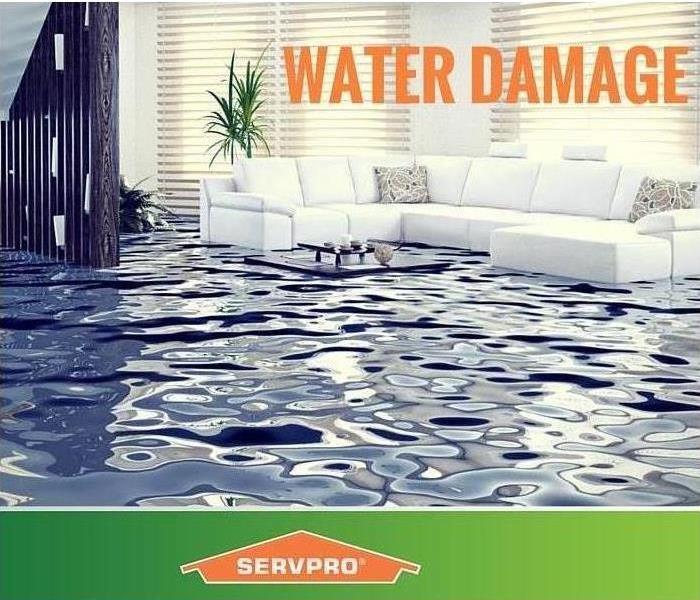Sink Overflow Damage
10/6/2020 (Permalink)
Overflow Cleaning Procedure:
- Mop up as much water as possible from floors, pantries, and cabinets.
- Leave cabinets and doors open so that all dampened areas have a chance to dry out.
- To more thoroughly dry out the area, use cross-ventilating electric fans.
- Thoroughly clean all surfaces with antibacterial cleaner.
Sink Overflow Prevention Tips
We can avoid the hassle of a sink overflow by being proactive to keep drain clogs from happening in the first place. Drains are not built to handle everything that winds up in the sink, so grating the drain is the best way to avoid these issues
- Food - Minimal food should end up in the sink. Throw food scraps into the trash and use a sink strainer to catch food particles that end up in the sink. Coffee grounds, pasta, rice, and fibrous foods are common culprits for clogging drains, so keep them out of the sink as best you can. Use a strainer and empty it regularly to keep the sink clean and clear.
- Grease - Hot grease looks clear and fluid like water, but when it cools it becomes gummy. Fatty grease and oil will build up along the sides of plumbing and create stubborn clogs.
- Hair - Loose hair clogs up a vacuum cleaner hose and it will do the same to your drain. Bathroom sinks are especially susceptible to hair clogs because it’s a place for personal grooming. Use a cover that collects the hair but still lets the water through the drain. This way you can swiftly toss the hair collection into the trash instead of having to fish it out of the drain.
Sink strainers can also catch things you don’t want to get into the drain like expensive rings, fallen eye contacts, and small toys. These sink accessories are typically inexpensive and are found in stores everywhere.
Call SERVPRO of Joliet about your water damage today! 815-436-5735






 24/7 Emergency Service
24/7 Emergency Service
